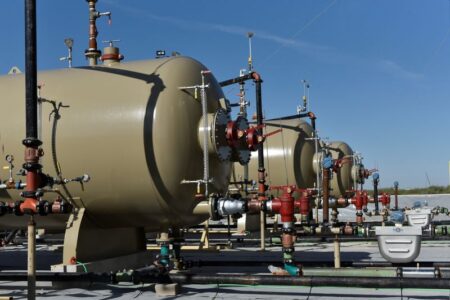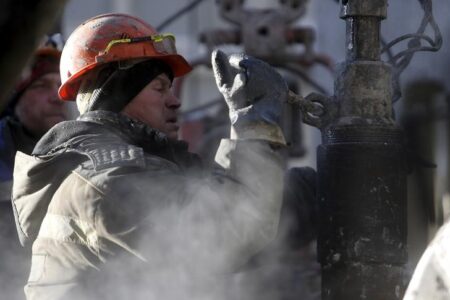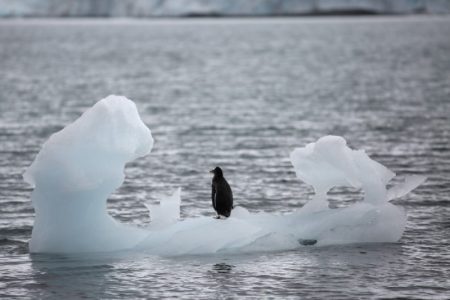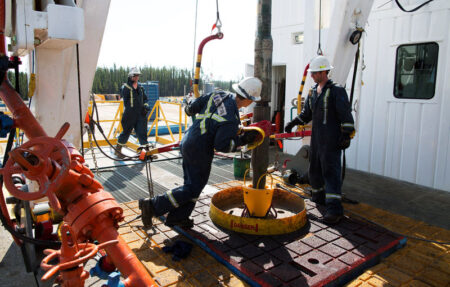By Riham Alkousaa and David Stanway
BERLIN (Reuters) – The Earth’s life-support systems are facing greater risks and uncertainties than ever before, with most major safety limits already crossed as a result of planet-wide human interventions, according to a scientific study released on Wednesday.
In a “health check” for the entire planet published in the Science Advances journal, an international team of 29 experts found that the Earth is now “well outside of the safe operating space for humanity” due to human activity.
The study, expanding on a 2015 report, said the world had now crossed six of nine “planetary boundaries” – the safe limits for human life in areas such as the integrity of the biosphere, climate change and the use and availability of fresh water.
In all, it said, eight of the nine boundaries are under more pressure than in the 2015 assessment, with only the sky’s ozone layer improving – raising the risk of dramatic changes in the Earth’s living conditions.
“We don’t know that we can thrive under major, dramatic alterations of our conditions,” lead author Katherine Richardson from the University of Copenhagen told a news conference.
The authors said crossing the boundaries did not represent a tipping point where human civilisation would just crash, but could bring irreversible shifts in the Earth’s support systems.
“We can think of Earth as a human body, and the planetary boundaries as blood pressure. Over 120/80 does not indicate a certain heart attack but it does raise the risk,” Richardson said.
The scientists sounded the alarm about increasing deforestation, the excessive consumption of plants for fuel, and the proliferation of manmade products like plastic, genetically modified organisms and synthetic chemicals.
“There are hundreds of thousands of human-made chemicals that are thrown into the environment now,” Richardson said. “We’re constantly surprised by the effects of these human impacts.”
Of the nine boundaries assessed, only ocean acidification, ozone depletion and airborne pollution – mainly soot-like particles – were judged to be still within safe limits The ocean acidification boundary, however, was close to being breached.
The atmospheric concentration of carbon dioxide, the main greenhouse gas, has risen to around 417 parts per million, significantly higher than the safe level of 350 ppm.
The current rate of species extinction is also estimated to be at least tens of times faster than the average rate over the past 10 million years, meaning the planet has already crossed the safe boundary for genetic diversity.
Johan Rockström, the study’s co-author and director of the Potsdam Institute for Climate Impact Research, said he hoped the world would see the findings as a wake-up call.
“In my career I’ve never been sitting on so much evidence as today and can be so clear in our communication,” Rockström said, adding that he was disappointed with the outcome of last week’s United Nations Global Stocktake report, which will form the basis of the COP28 climate talks in Dubai later this year.
“It is a complete failure …and it’s a large risk… We’re still following a pathway that takes us unequivocally to disaster.”
Read the full article here












